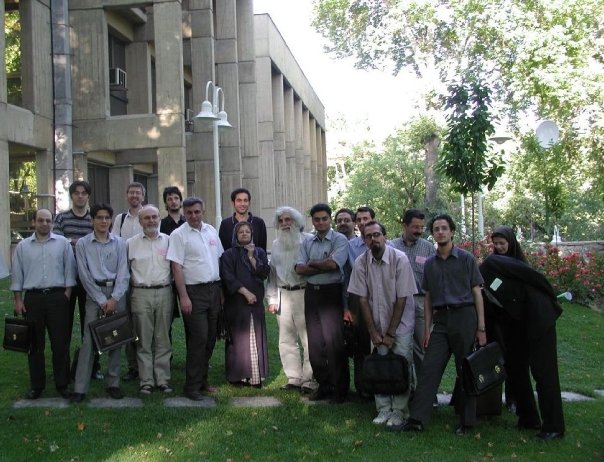This morning I experienced a range of emotions, from surprise and pride to hope and fear and concern, all at once.
I co-created the first AI that mimicked the emotional pathways in our brain with Prof. Lucas and Dan Shahmirzadi 21 years ago. We named it BEL (Brain Emotional Learning) and applied it to various domains such as control engineering, prediction, and finance. It simulated how our brain processes emotions from the amygdala, sensory cortex, orbitofrontal cortex, thalamus and other regions. We challenged the mainstream view that emotions are detrimental to decision-making and that fuzzy logic is superior. We argued that emotions are essential and evolutionarily conserved in our brains. Our AI had two pathways: the fast one for emotion or intuition, and the slow one for logic or fuzzy system.
Daniel Kahneman, the Nobel laureate, used the same concept of “fast and slow” decision-making in his famous book Thinking Fast and Slow in 2007.
This morning I was astonished to find out that our creation, Brain-Inspired Neural Networks/ BEL/ BINN, was applied to designing missile guidance laws. This paper introduces a new method for designing a missile guidance law using a fuzzy & brain-inspired neural network. The method strives to improve the performance and accuracy of the missile guidance system and reduce the miss-distance.

This work builds on our previous research from 2001 to 2005, where we modeled how emotions and brain dynamics work at the core level and introduced smarter machines. We presented the first-ever brain-inspired decision-makers. It is a kind of neural network that emulates the structure and function of the biological brain. It can learn from data and adapt to changing environments.

I have been aware of how powerful BEL/BINN and reinforcement learning were from the beginning, and I was impressed by how fast they improved and now we see the same reinforcement learning in ChatGPT. A few years ago Alphabet’s Deepmind used it in the game of GO and I strongly suggest watching AlphaGo on Youtube, it demonstrates how strong reinforcement learning is.
We made our work open-source for the public benefit. We were giving it to everyone. For free.
With this, anyone can easily create and use this framework according to their own particular needs.
It is the right thing to do, and it is what is required for businesses, governments, and society to progress.
Why did we do this? In a nutshell: To help the research community.
After all, a rising tide lifts all boats ⛵️; wrong!?
Now I wake up in the morning and see that my powerful baby is used in missile guidance and defense, and it makes me feel very weird. I am proud of my invention, but at the same time, this is a very powerful AI tool, extremely powerful, and with power comes responsibility, which you may not always find in defense tech. Was Einstein responsible for Hiroshima and Nagasaki? How did he react when he saw that in the news? Or some might say it was a defensible act.
I realize that the next defense tools, driven by AI, can be both effective and dangerous. I anticipate that the Chinese will soon have those capabilities, using BEL/BINN in their weaponry. What I do not see is a definite invitation from the US government to ask for our help. We are busy building our AI tools, but we are ready to help if the country requires our service. But without this, we will be a Godzilla confronting small agile smart creatures, a horde of hundreds, or even thousands of them, and it is not a desirable situation for us, in the land of freedom.
In short, I do not want to see my tech being used for wars, but if it is going to be used for wars, it has to be used by us, not our foes, and hopefully, the US government welcomes the AI community with open arms.
Leave a Reply